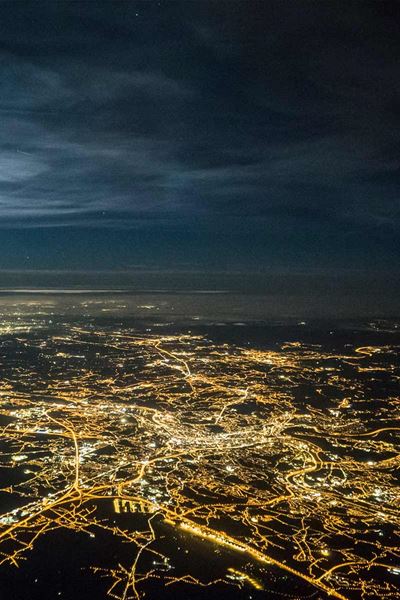When is the best time to visit Nagoya?
- The best time for a sun tanning holiday is July, August, September. Average maximum temperatures are up to +90°F in August and it has 2 sunny days on average.
- In general, it’s pleasant to walk and do outdoor activities during April - October.
- If you want to avoid wet weather, then your choice is July, August, September with the lowest chance of rain.
Average weather in Nagoya in different months
January, April, May, October, November, December usually has good weather. Average maximum temperature reaches +75°F during May.
In February, March, June, July, August, September the weather is average. Expect around 95 rainy days, and the precipitation amounts to approximately 197 mm in July.
Climate in Nagoya
| Jan | Feb | Mar | Apr | May | Jun | Jul | Aug | Sep | Oct | Nov | Dec |
|---|---|---|---|---|---|---|---|---|---|---|---|
| Maximum Temperature | |||||||||||
| +64°F | +70°F | +77°F | +86°F | +91°F | +100°F | +102°F | +102°F | +100°F | +91°F | +79°F | +72°F |
| Average Maximum Temperature | |||||||||||
| +48°F | +50°F | +57°F | +66°F | +75°F | +81°F | +88°F | +90°F | +84°F | +73°F | +63°F | +52°F |
| Minimum Temperature | |||||||||||
| +19°F | +19°F | +27°F | +30°F | +43°F | +52°F | +61°F | +61°F | +50°F | +37°F | +30°F | +25°F |
| Avg. water temperature | |||||||||||
| - | - | - | - | - | - | - | - | - | - | - | - |
| Humidity, % | |||||||||||
| 67 | 65 | 65 | 66 | 70 | 75 | 78 | 75 | 76 | 74 | 72 | 70 |
| Rain, mm | |||||||||||
| 48 | 58 | 108 | 123 | 153 | 182 | 197 | 136 | 193 | 141 | 79 | 44 |
| Snow, mm | |||||||||||
| 2 | 4 | 1 | 0 | 0 | 0 | 0 | 0 | 0 | 0 | 0 | 1 |
| Average wind speed, m/s | |||||||||||
| 2 | 2 | 3 | 2 | 2 | 2 | 2 | 2 | 2 | 2 | 2 | 2 |
| Sunny Days | |||||||||||
| 6 | 5 | 6 | 6 | 4 | 1 | 2 | 2 | 3 | 7 | 7 | 7 |
| Cloud Days | |||||||||||
| 15 | 12 | 10 | 10 | 13 | 10 | 9 | 8 | 9 | 12 | 13 | 15 |
| Rainy Days | |||||||||||
| 9 | 9 | 14 | 14 | 14 | 18 | 19 | 18 | 17 | 13 | 10 | 9 |
| Snowy Days | |||||||||||
| 1 | 1 | 0 | 0 | 0 | 0 | 0 | 0 | 0 | 0 | 0 | 0 |
Average Temperature
Humidity
Rain
Snow
FAQ
What is the hottest month in Nagoya?
What is the coldest month in Nagoya?
Is Nagoya worth visiting in winter?
When does it rain the least in Nagoya?
Other cities in Japan
Monthly weather in Nagoya
Source of the data
For this page, we’ve looked at the typical weather in Nagoya, based on historical hourly weather data from January 1, 1979, to December 31, 2023.
For past dates, we show actual recorded data at the location at that time. Forecasts are based on recorded weather during that day of the year, averaged over the total years for which we have records (unless stated otherwise). The daily temperature is the highest recorded temperature in the shadow during that day.

